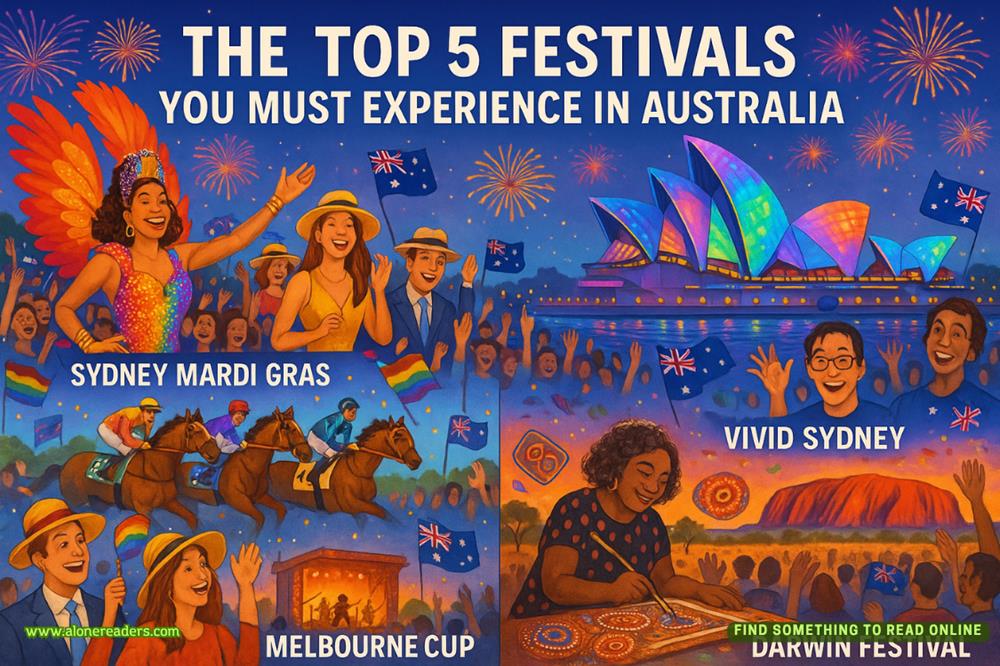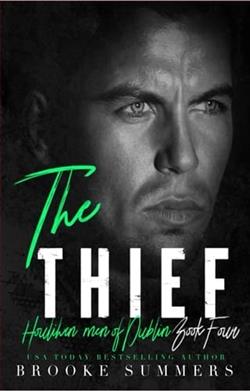Page 83 of The Henna Artist
“Iwasmarried,” I said. “Long ago.”
I wondered if Jay Kumar knew about Samir and me. But when I looked at his face, the eyes tilting down at the corners, I thought not. His question had been innocent enough.
I smiled. “Surely you must have a family.”
“I did. That is, when I was a very small child.” He put a hand out, palm facing the floor, to indicate how small. “Parents. No siblings. My parents, well, both of them died—car accident—when I was young...” His starched coat rustled as he removed the stethoscope from around his neck, and wound the tubing around the metal carefully.
“I’m sorry.”
“Oh, it’s been ages. I was still in knickers. My late aunt raised me. Paid my way through all my schooling.”
A nurse came to check up on her tiny charges. Radha’s son rested in a corner crib, apart from the other newborns. Unlike the other cribs, his lacked the small card giving his family name. But his bed was clean, his cheeks rosy, his sleep restful. He was obviously getting excellent care.
“How did you end up in Shimla, Doctor?”
“Boarding school. The Bishop Cotton School for Boys. Then Oxford—where I met Samir.”
I realized I’d forgotten to send Samir a telegram about the baby. “You’ve informed the palace?”
“I’ll take care of it,” he said. “Haven’t found the time, so far, to complete their forms. Ten, twenty pages—down to the smallest detail. We must measure each fingernail. And every other body part.” He chuckled, glancing slyly at me.
I laughed.
He checked his watch against the wall clock. “It’s time for my clinic. Will you join me? There are some people I’d like you to meet.”
“Now?”
“No time like the present. Radha will sleep a few more hours.”
Radha’s son attempted a halfhearted croak and kicked. We turned to look at him.
“We’re still agreed that Radha is to have no contact with the child?”
He held his hands up in surrender. “The Sisters know. They have their orders.”
The tiny clinic was on the hospital’s first floor. The walls were painted toothpaste green. Half the chairs were occupied by local residents: women in dazzling blouses, petticoats the color of Himalayan wildflowers, headscarves adorned with orchids; the men in woolen tunics and drab suitcoats, their heads warmed by Paharitopas.
Dr. Kumar approached the pretty nurse behind the reception. “How many today, Sister?”
“Fourteen.”
He grinned, his chin dimpling. “Twice what we used to get.”
Ushering me into a cramped office, he indicated a chair for me. “My surgery,” he said. “Such as it is.”
His desk was littered with stacks of paperwork, prescription pads, an inkwell. An open medical textbook sat on top of the latest issue ofTimemagazine. On the wall: a photo of Gandhi-jisurrounded by leaders of the India National Congress. The scenery behind the Mahatma was familiar: Shimla in bloom.
Dr. Kumar sat down behind his desk. His eyes were restless once again. “We started this clinic a year ago. To serve the mountain tribes. Patients come from miles around to be cured at Lady Bradley. Well-heeled ones like Mrs. Agarwal. And, of course, like Radha, whose expenses are being borne by the palace. But no one—absolutely no one—was serving the people who have lived here...for centuries.” Hazarding a bashful glance at me, he said, “It’s your skin remedy for the little boy. That started bringing these new patients in. Today, we have more patients than ever.”
I smiled. “You give me too much credit.”
His expression became serious. “Actually,” he said, “I don’t think I’ve given you enough.”
A nurse poked her head around the door. “We’re ready, Doctor.”
He stood. “Let me show you what I mean.”
A drab burlap curtain separated the waiting room from the examination room. There, a nurse was helping a pregnant woman onto the table. Dr. Kumar introduced me as his herbal consultant and asked his patient questions in a mix of Hindi and the local dialect. He shared his diagnosis of her case with me, and when I didn’t understand the medical terminology, he explained it in layman’s terms. I had questions of my own, which he translated. We did this through five more appointments. In four out of five cases, I was able to recommend an herbal substitute for Western medicine.















